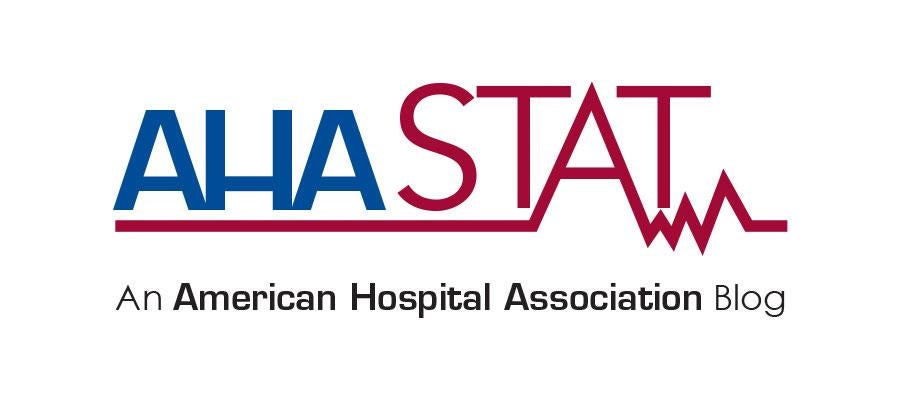AHA Clarifies the Benefits of Realignment as House Panel Convenes Hearing

The shift to a health care system that rewards value over volume is fundamentally transforming the patient care landscape. It has prompted hospitals and health systems to rethink and redesign how they deliver care to the communities they serve, identifying ways to maximize their resources and expand capabilities to ensure the patient experience is the best it can be.
Health care’s ongoing metamorphosis has also attracted new entrants to the field. These include well known corporate behemoths who have little or no track record in the health care space, are equipped with nearly unlimited capital to disrupt the marketplace but ultimately will not be offering services or improving care to those with limited means or who are uninsured.
In response to this and other trends in the health care field, an increasing number of hospitals and health systems are merging and entering new relationships designed to enhance their strength and ability to continue to deliver high quality care to patients.
This realignment among hospitals and health systems will offer key benefits including:
- Building sustainable, coordinated networks of care with the scale and scope that will allow them to innovate in ways that will further benefit patients and communities.
- Enabling hospitals and health systems to compete more equally with highly-capitalized corporate giants that often lack roots in, or obligations to, the communities they propose to serve.
- Advancing efforts to improve quality and access through innovation and strategy that can reduce costs and enhance convenience for the entire community due to strategic realignment.
Hospitals and health systems remain the primary source of trusted, reliable, quality care for a majority of Americans. Hospital mergers and other facets of realignment are driven by the need to position the field competitively for the future and enable the continuation of the vital role they play in people’s lives.
The suggestion that consolidation and related business decisions amount to no more than boosting revenue misses the mark, a point the AHA stressed in its statement today to the U.S. House Committee on the Judiciary Subcommittee on Antirust, Commercial and Administrative Law. That’s because many studies of health care costs do not provide data on the primary drivers of those costs: the largest health insurers in virtually every market.
Many studies also fail to account for widespread consolidation in the health insurance market, a trend that continues to spawn growth in premiums. Currently, the rise in health insurance premium prices is more than double that of the price growth for hospital care services – 4.5 percent compared to 1.8 percent from 2017 to 2018. Prescription drug prices grew 4.1 percent during the same period. A Health Affairs study confirmed these findings, concluding that “insurer monopoly is the most important predictor of premium levels and growth rates.”
The real story is that hospital and health system transactions are responding to the rapidly changing health care landscape by coming together to drive high-value and high-performing health care. A 2017 analysis from Charles River Associates found that mergers can facilitate the savings, innovation and quality improvement essential to transforming health care delivery. Significantly, the data also showed that mergers do not lead to a spike in revenue as some skeptics claims.
The realignment in the hospital field also is fueled by the need to be competitive in a rapidly changing environment. Marketplace titans such as Amazon, Apple, Walmart and Google have made it clear they intend to expand their reach in the lives of consumers to include health care. They aim to fundamentally disrupt how, where and to whom health care is delivered.
How this will ultimately sort out remains to be seen. However, no one disputes that
health care is changing, and hospitals and health systems are committed to transforming to meet the evolving needs of all their patients and communities. Mergers are one logical way to support that transformation and reap its promise of greater convenience, quality, access and innovation.
Melinda Hatton is AHA’s General Counsel.

